The Hermitage
The real Hermitage Museum is in St Petersburg (formerly Leningrad), Russia, but they have a branch office, or as they call it a Space Station, in Amsterdam. Here they show a selection of items from mission control, rotated every six months, as well as Dutch paintings borrowed from the other collections in town. The current exhibition features pairs of similar objects from different time periods or cultures. It’s good to see the cross-cultural importance of battle swans.
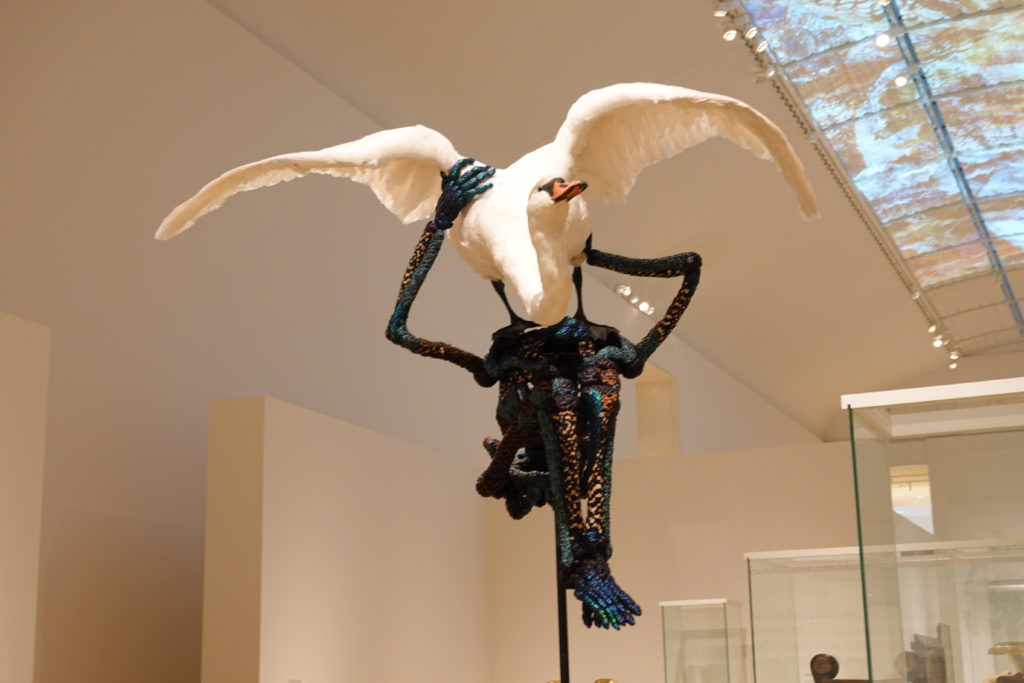

OK, the second one is not exactly a swan, but it is a swan-like felt stuffie from 300 BCE perfectly preserved in the Siberian permafrost. Archeology is different if a quarter of your country is a deep freeze.
Another interesting pairing is the wet T-shirt look through the ages.

It turns out that the Dutch for wet T-shirt look is

How about this pairing? The one on the left is about 450 kilograms of armor for a horse and rider. Oh, it looks fine on a stand in a museum, but put that on a real horse, and it would probably collapse after the first 200 meters. Jumping over hedges is right out. That horse would not so much jump as crumple.

The horse on the right clearly wants to grow up to be a reindeer.
The glazed expression people get when they have to pose for hours in an uncomfortable costume.
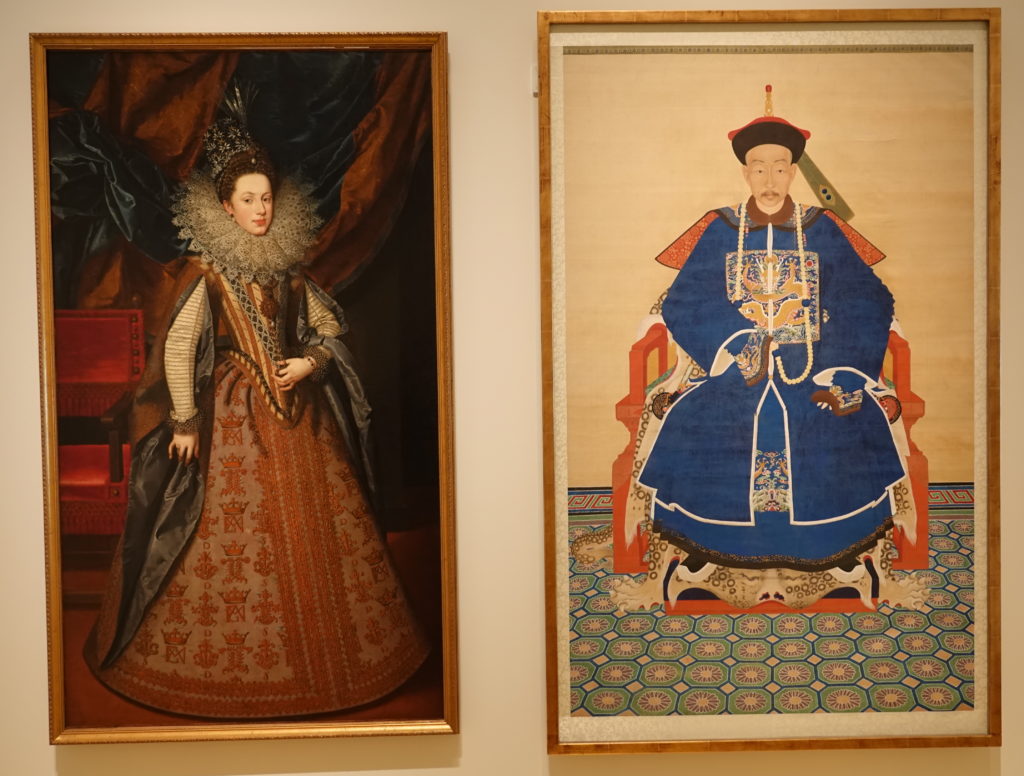
They have lots of shiny yellow metal.

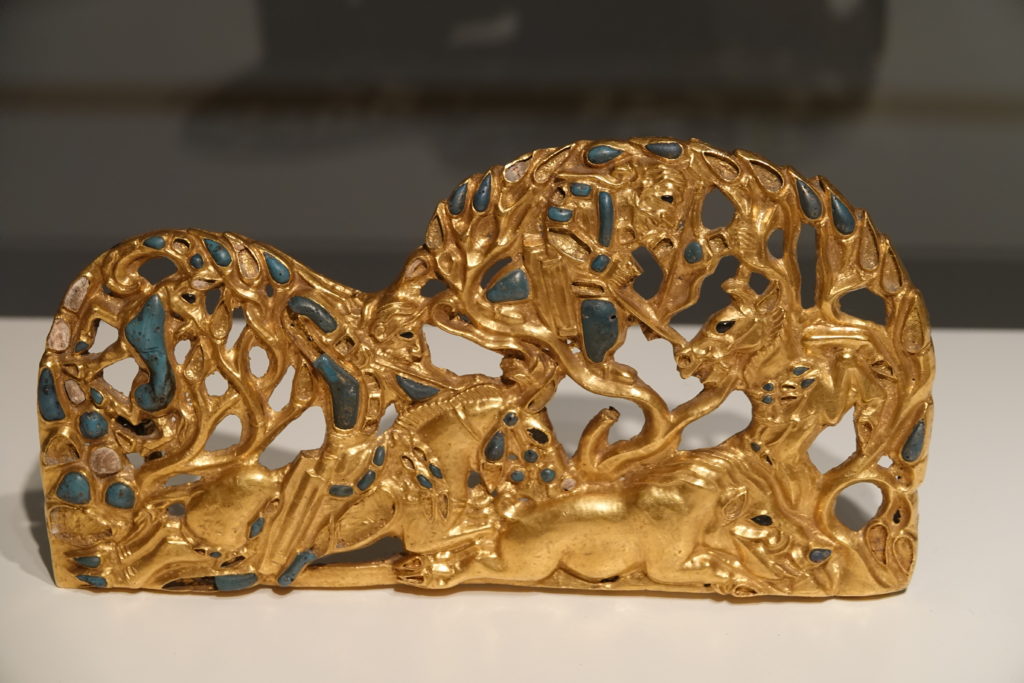
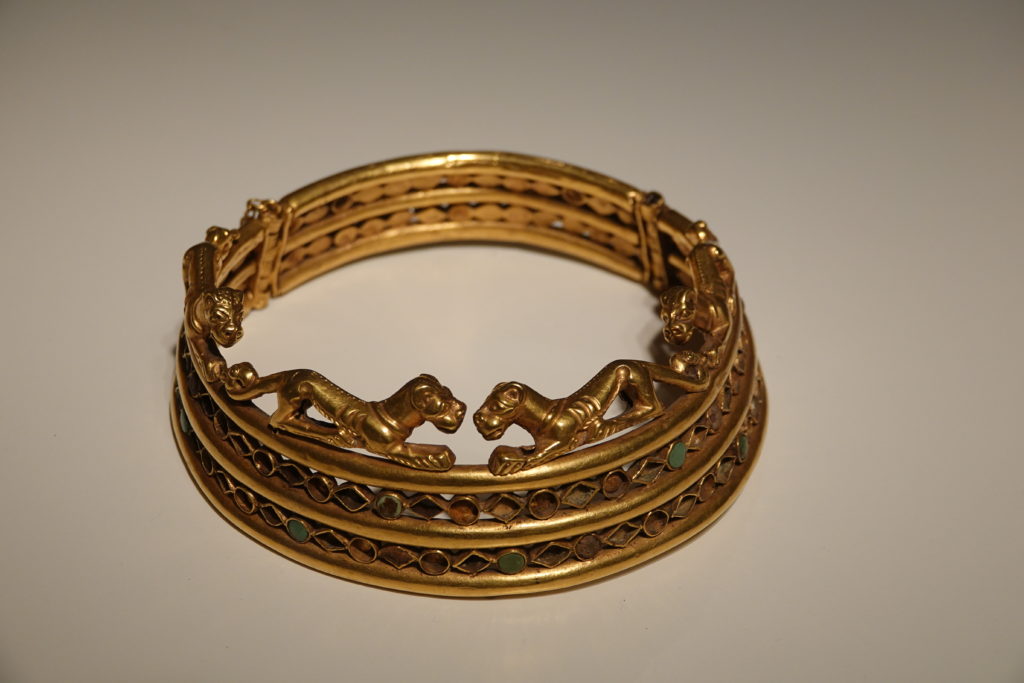
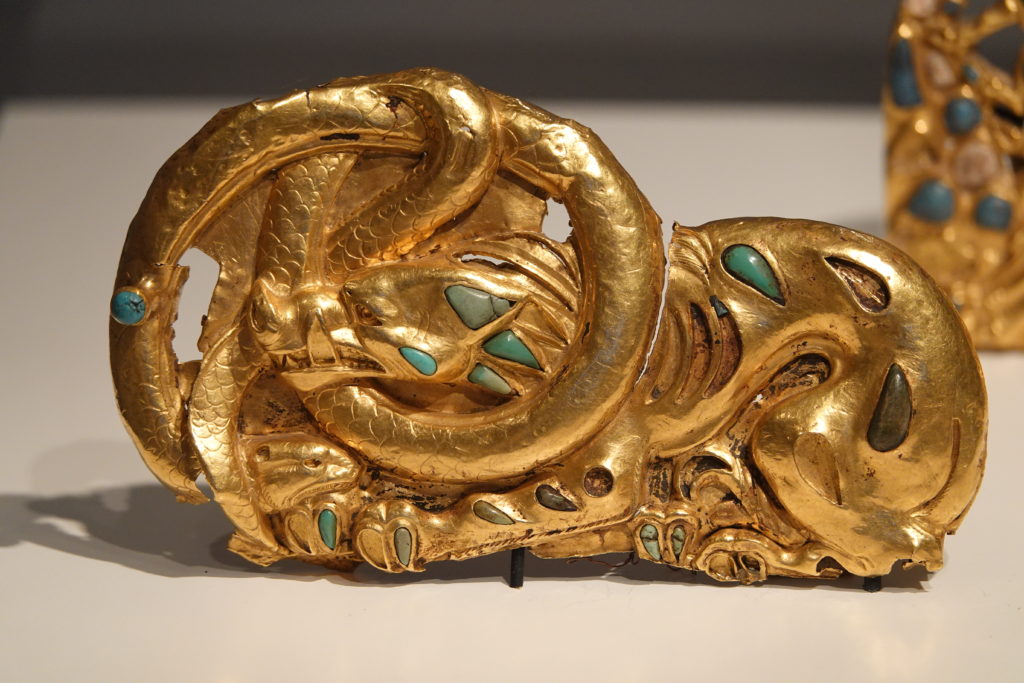
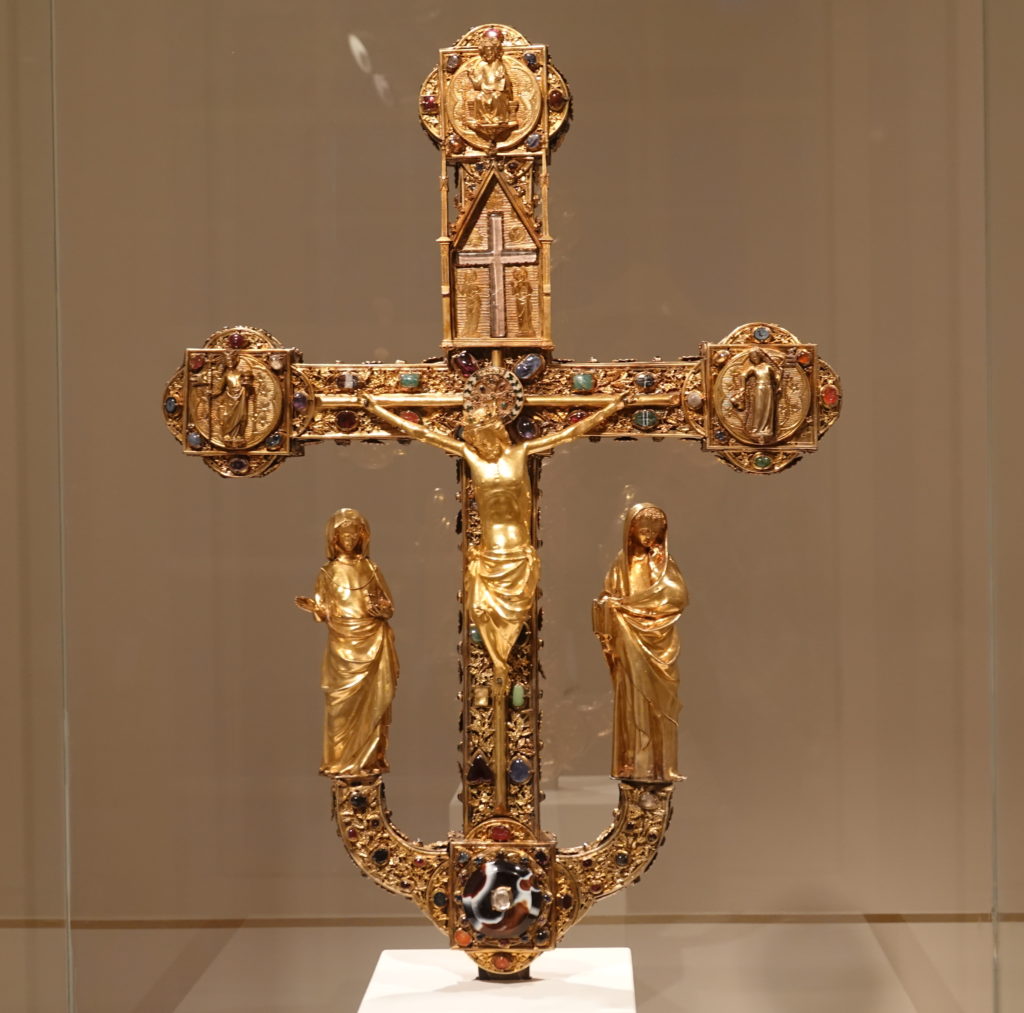


This last one is an auroch, a giant wild cow that roamed the forests of Europe, Asia, and North Africa until we ate them all. They were around until the 17th century, though, and I bitterly resent the fact that nobody kept a few of them as pets. There were still some left in Europe in Shakespeare’s time. If instead of The Taming of the Shrew he had written The Taming of the Auroch they might be around to this day.
Since they are the ancestors of modern cattle, you could say that we kept some around as pets, but having cows but not aurochs is like having dogs but not wolves.
The museum is spacious, and sometimes only a single object is on display in a room. Sometimes only a very small object.

I suppose we’d better zoom in on that.
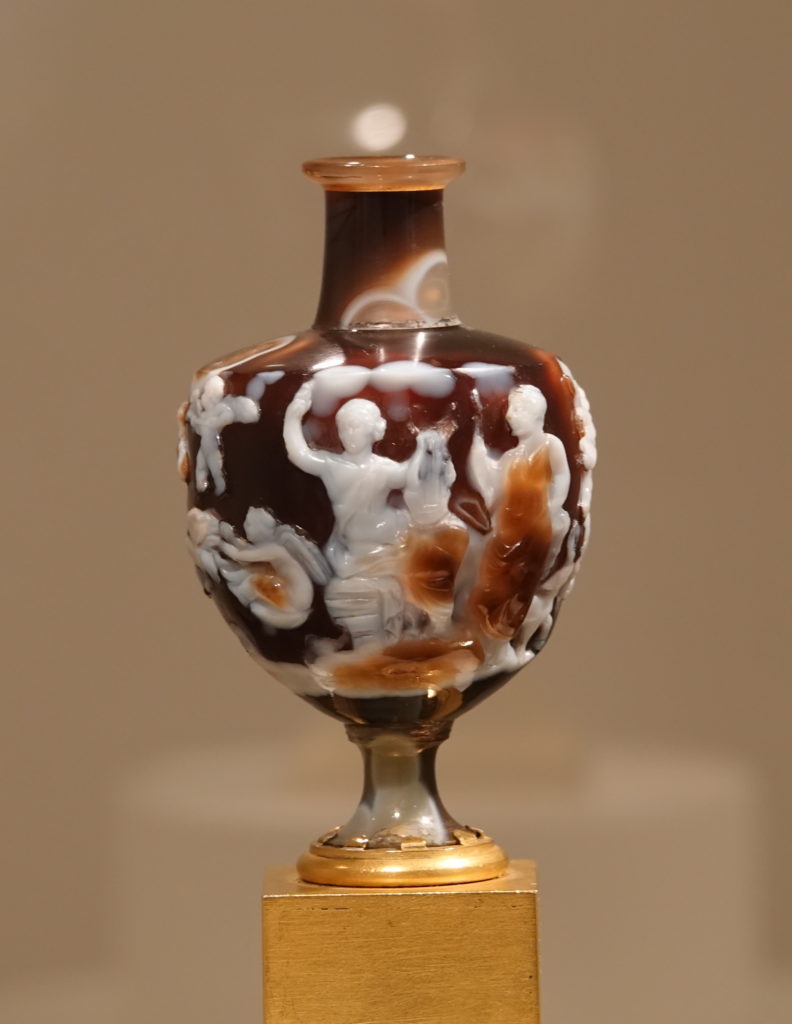
Sometimes the object is worth a room to itself. This is a rock crystal oil lamp form 10th century Egypt with added glop from 15th century Italy.
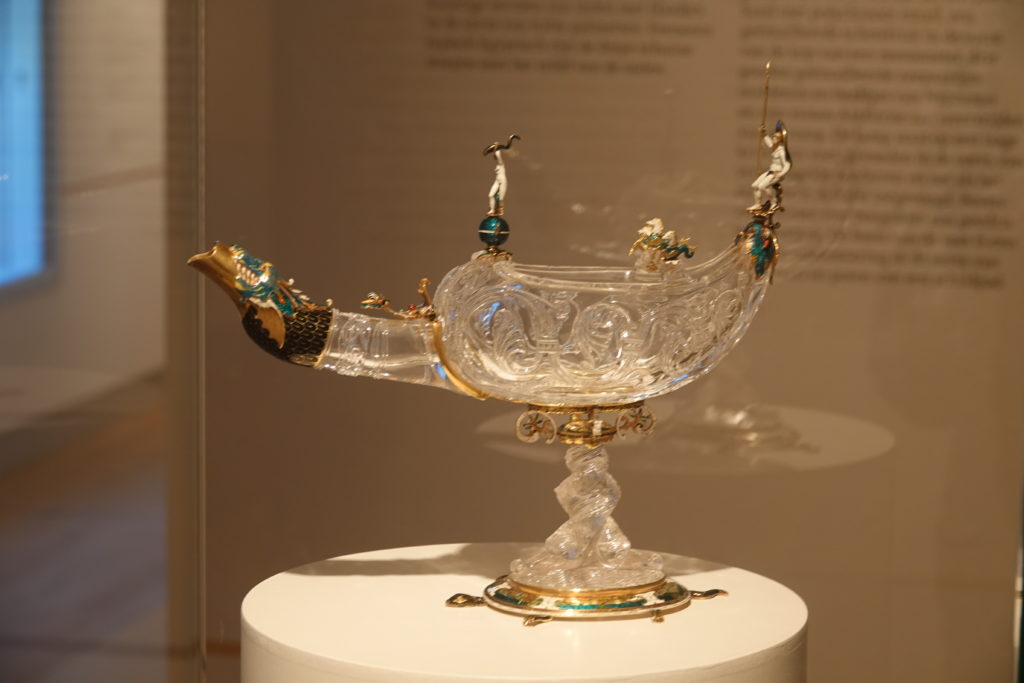
Let’s tale a closer look at the glop.
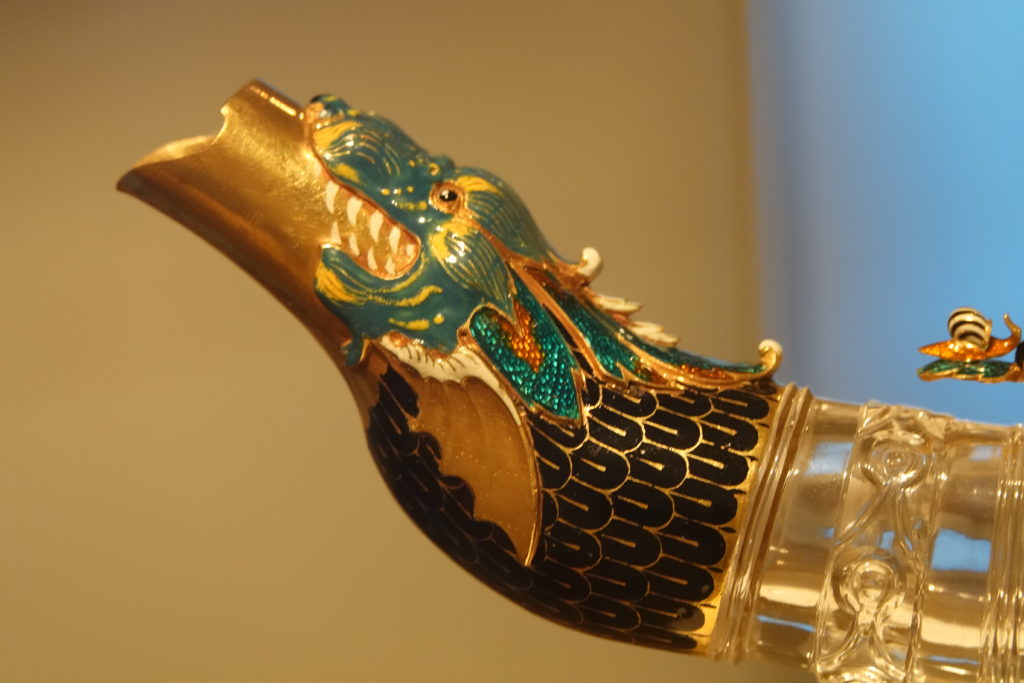

It’s even standing on a turtle.

In case you haven’t had enough battle swans.
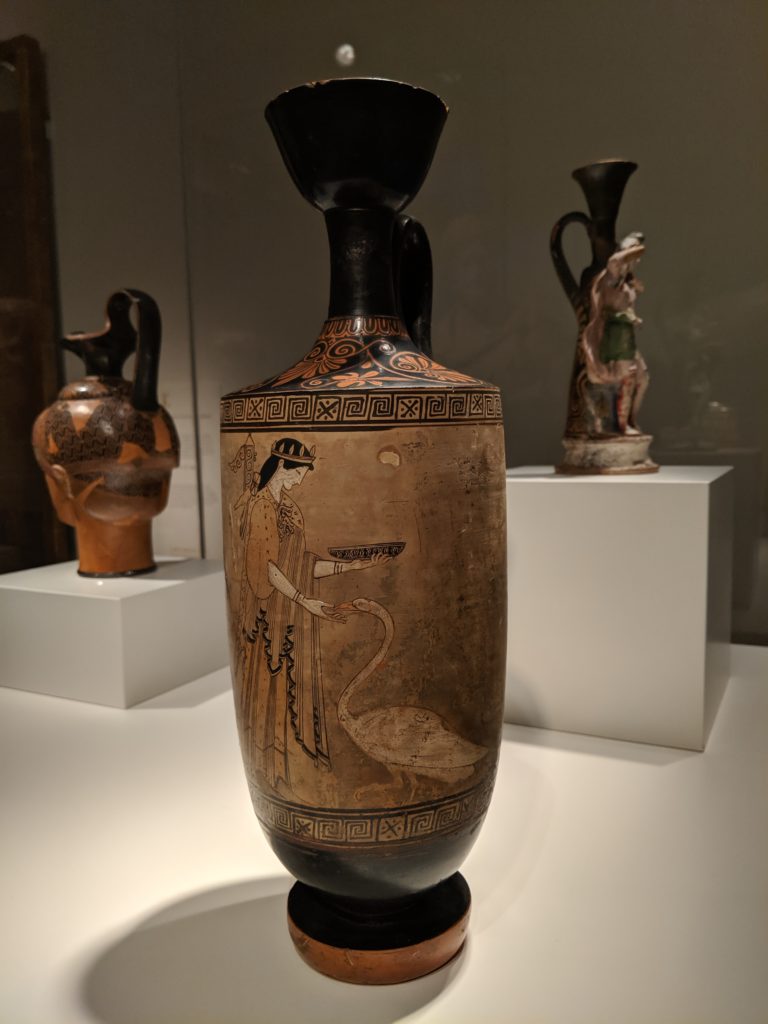
The Vikings made it to Russia. This is Odin.
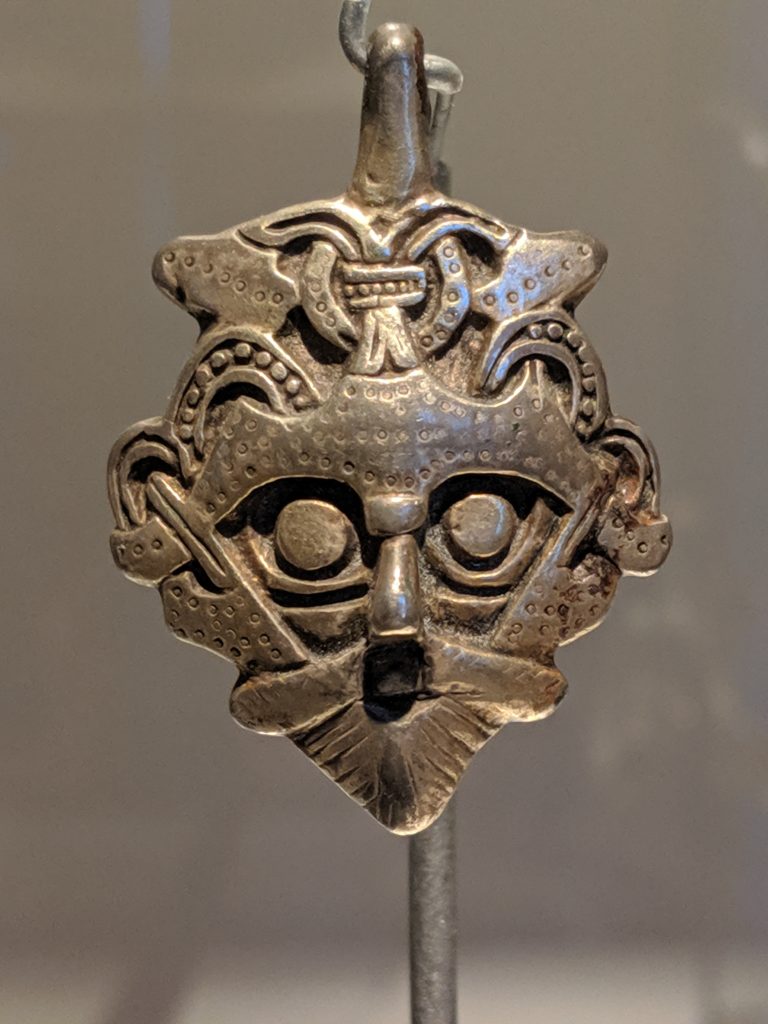
It’s not a very good likeness. It doesn’t look at all like Ian McShane.
There are two other exhibitions in the building, one of Art Brut or Outsider Art, where the artists had no training or connection with the conventional art world.
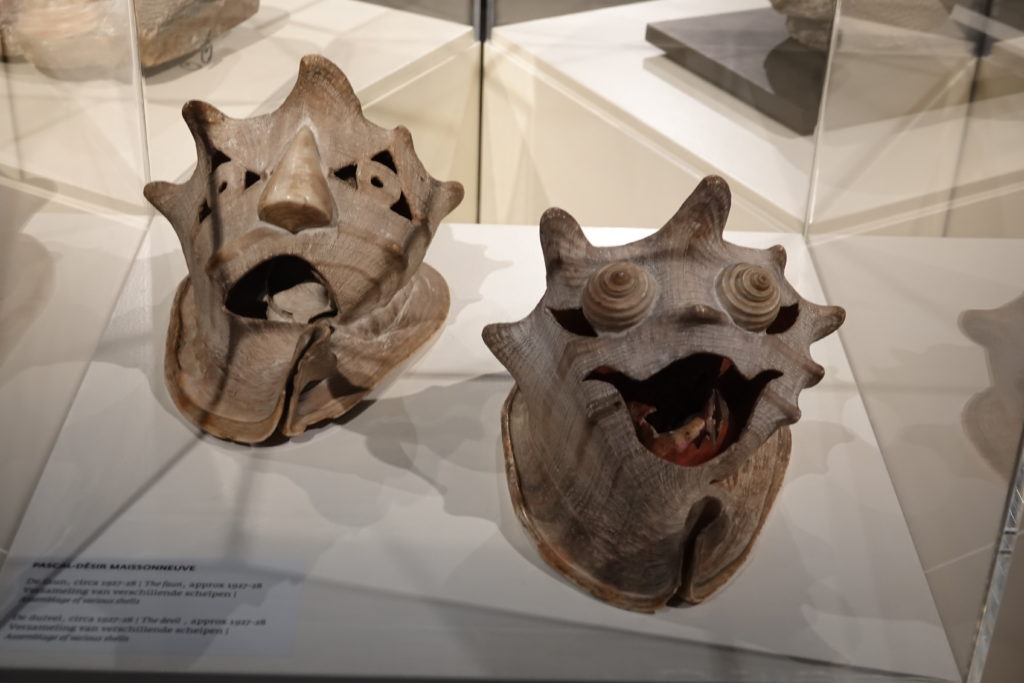
It wasn’t any worse than most modern art.
They also has an exhibition called Portraits of the Golden Age, in which they had taken all the group portraits that were like Dead Chicken Girl but not as interesting, so you can see what the 17th century oligarchs of Amsterdam wanted to look like.
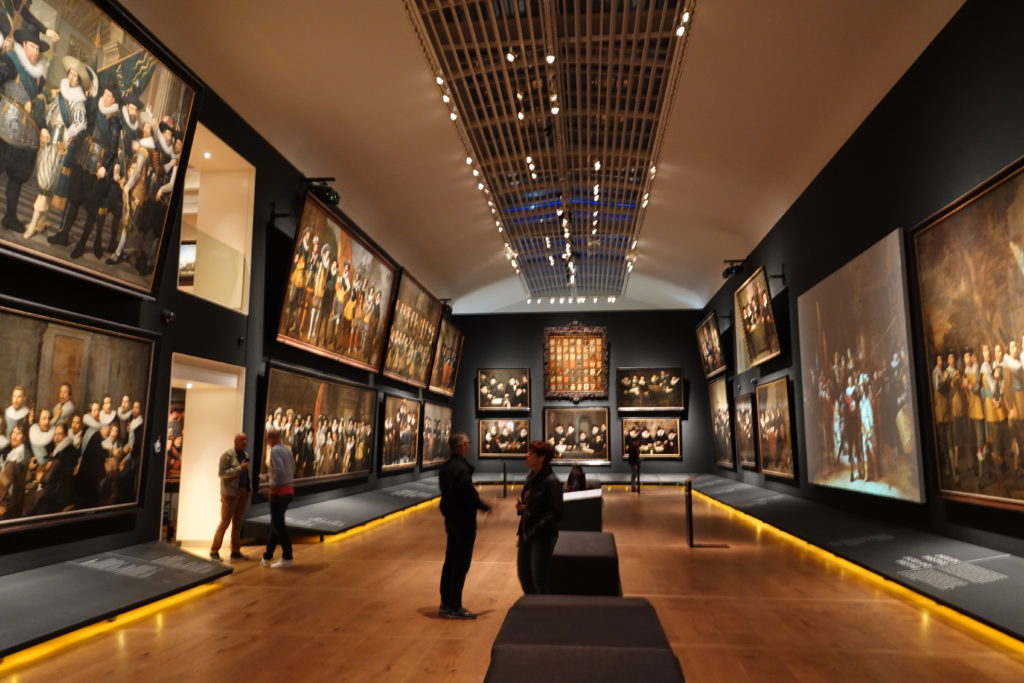
The pictures are so big they had to drop them in through a hole in the roof using a crane. On the right you can see a digital version of Dead Chicken Girl in which the characters move slightly and blink. I think Dead Chicken Girl herself winked at me.
The member of various militias and charitable trustees paid 60 guilders each to be included in one of these portraits. I think this guy stiffed the painter.
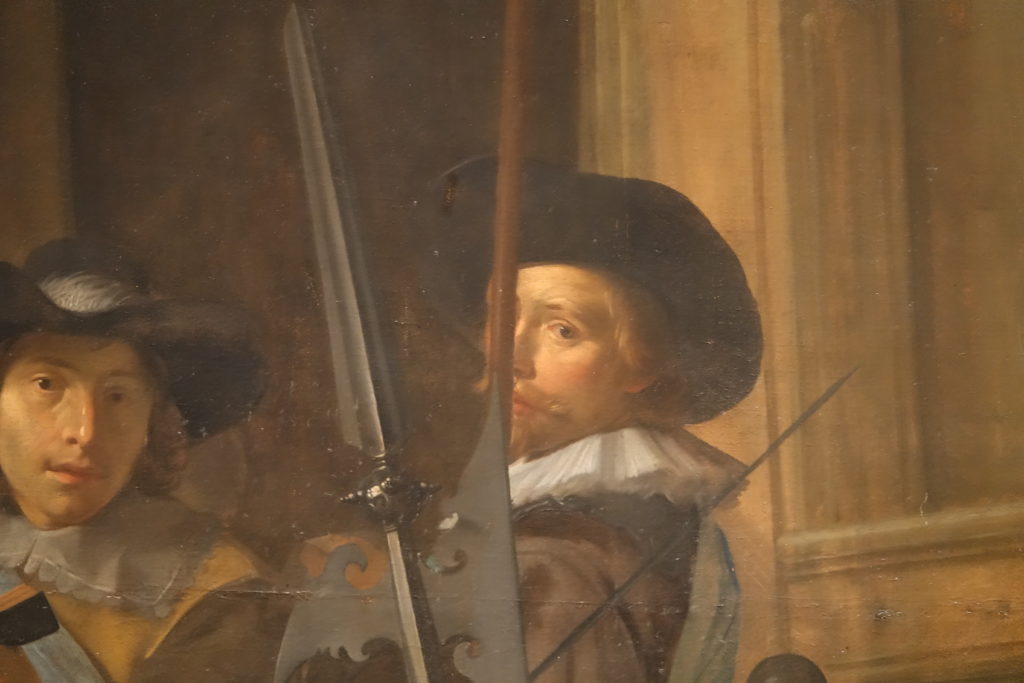
“For 30 guilders you only get half a face.”
Golden Age Amsterdam had highly developed social services. They wanted no beggars on the streets or thieves picking their pockets, so the poor, the orphans, and the infirm could receive allowances from a number of different charities. Here are the regents of the Spinhuis, a prison and workhouse for prostitutes and other female offenders.
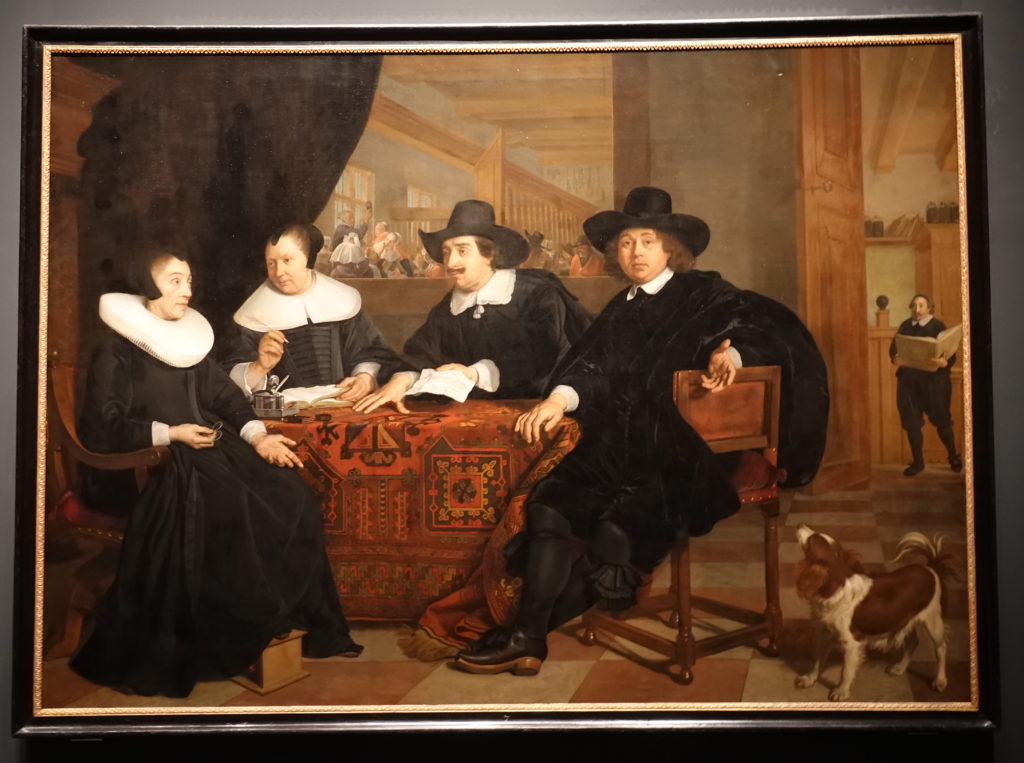
In the background you can see one of the inmates being beaten with a shoe.
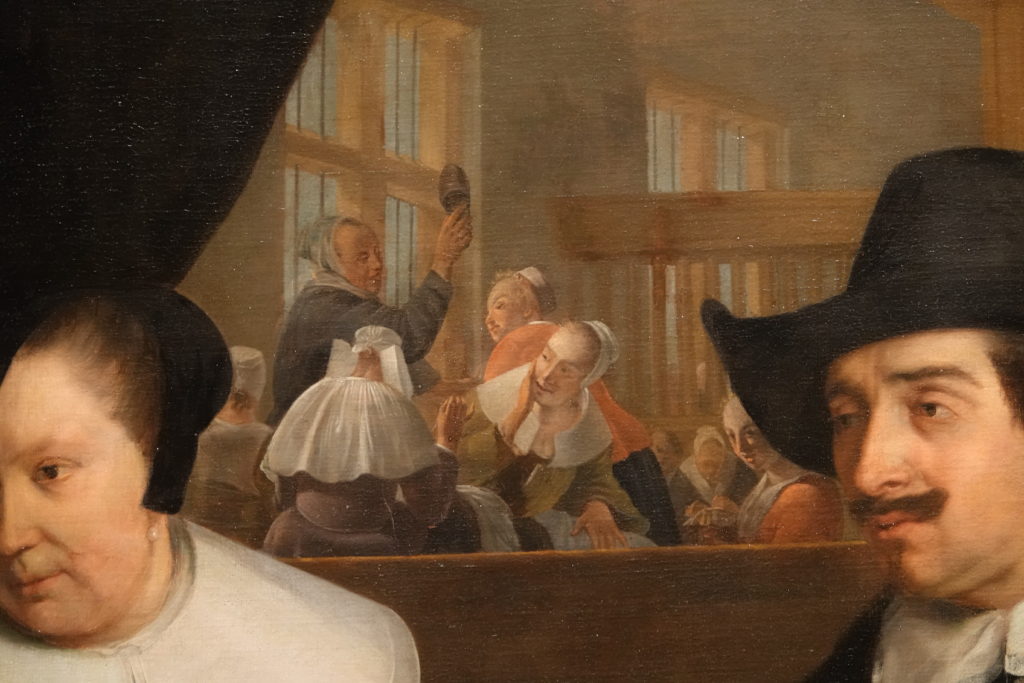
This was not just for the moral edification of the inmates, but also a popular spectator sport, as the prisons raised funds by allowing the general public to spy on the prisoners for a small fee.
OK, on to the important stuff.
Skulls.
No actual skulls in the museum, but several good paintings. St Francis of Assisi and his pet skull…
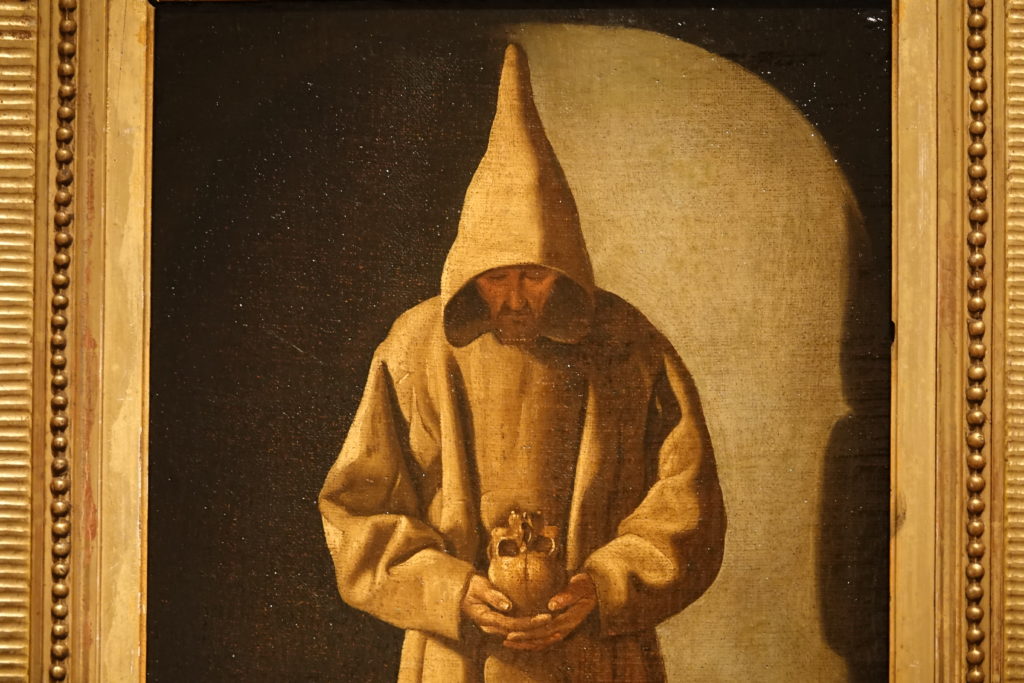
… an anatomy lesson with an entire skeleton, probably from a captured pirate…
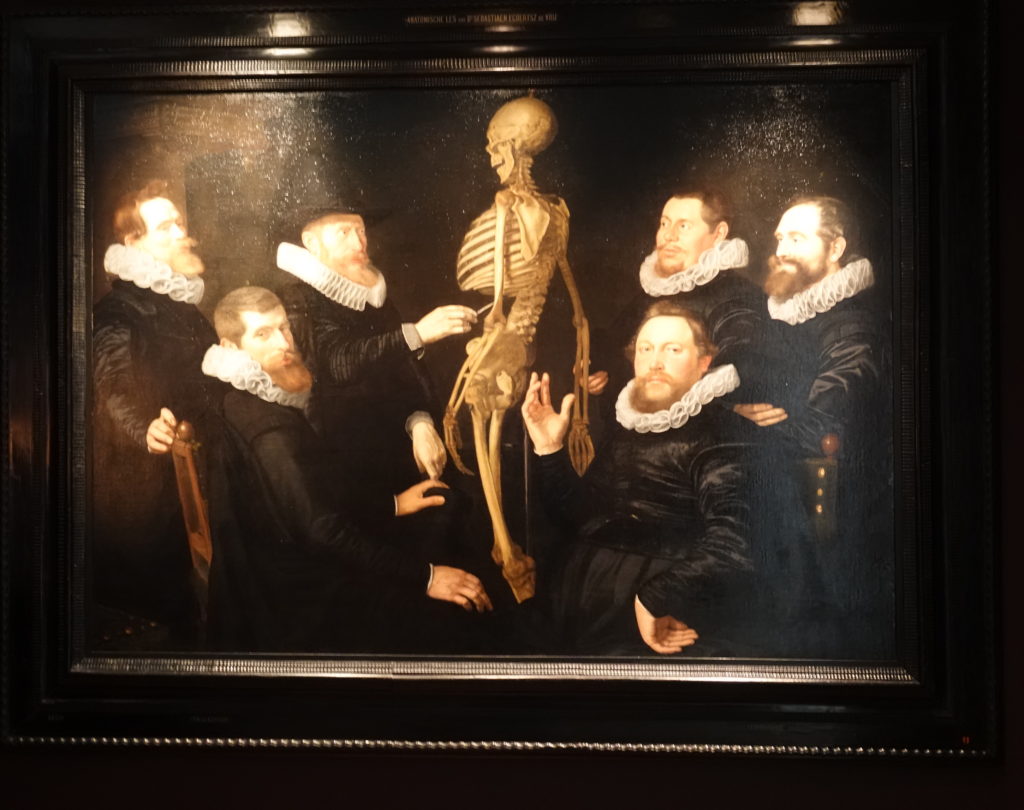
… and a pretty boy with a grinning baby skull.
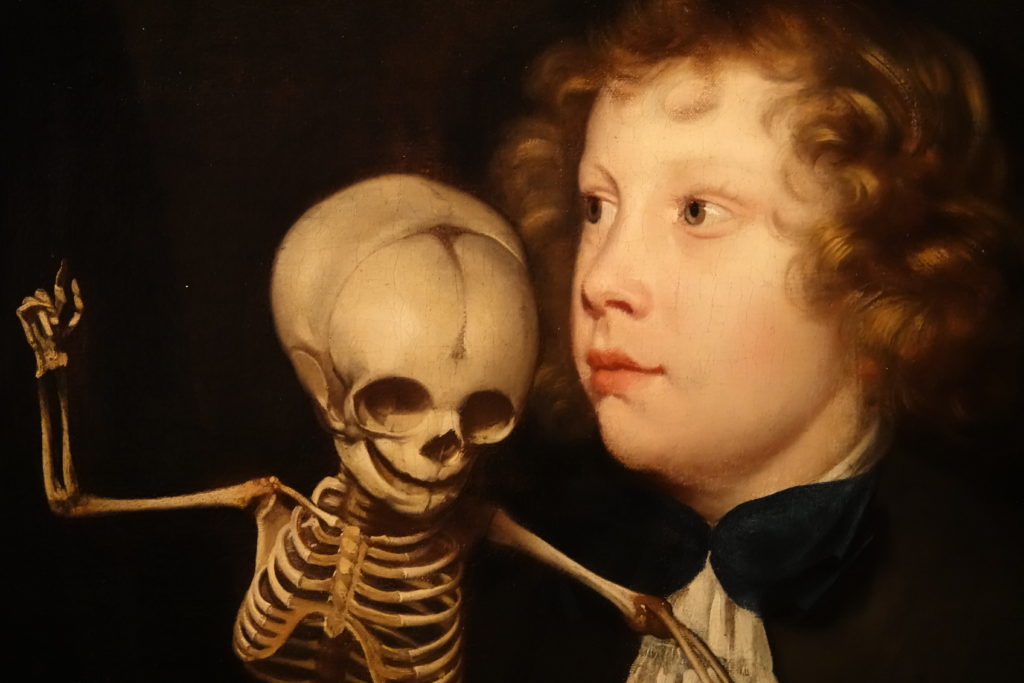
One final gem from the collection. This is Livia presenting young Nero to Claudius as an heir to the Roman Empire.
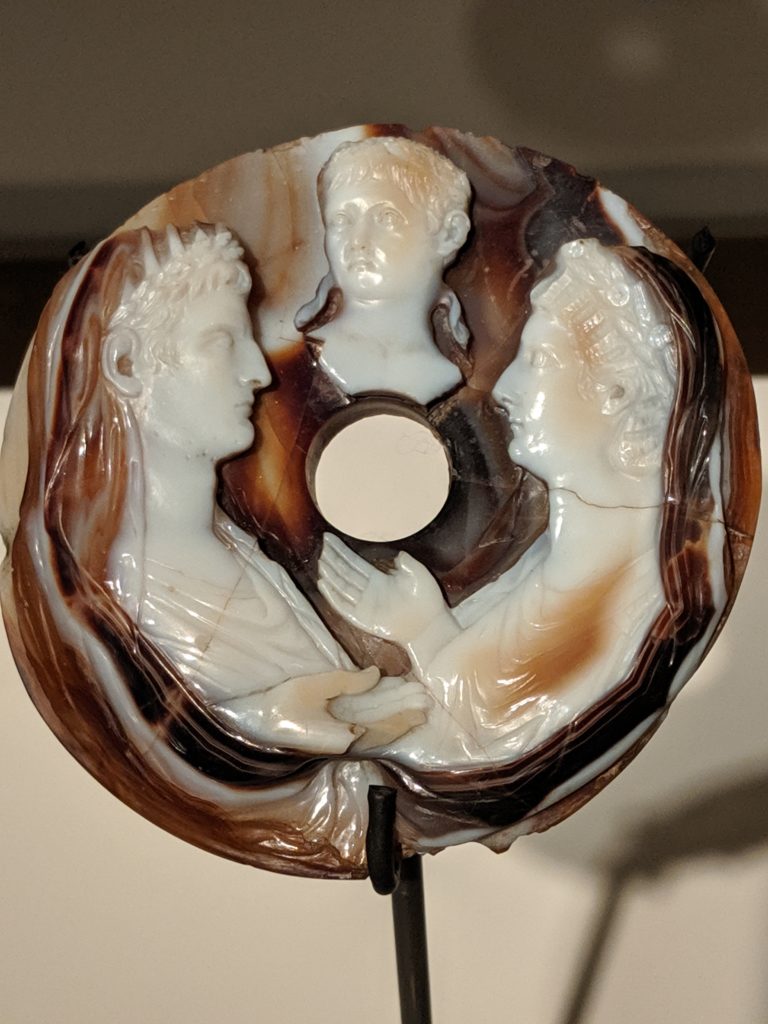
That worked out well, didn’t it?
One thought on “The Hermitage”
You are so informative and so funny. You really should put all these in a book . Thanks for sending the read. Informative yes / & hysterical comments. If the volumes of reading of the United kingdom canals and writing would be too big, maybe just do museums & misc. maybe fitting in a few canal blogs